Obsessing over Disappearances Makes for an Eerily Serene Scene in Fort Worth
The Modern's New Exhibition Stays With You
BY Billy Fong // 07.25.19Bas Jan Ader's "Fall 1, Los Angeles," 1970
The Modern Art Museum of Fort Worth’s current exhibition, “Disappearing — California, c. 1970: Bas Jan Adler, Chris Burden, Jack Goldstein” (through August 11), will inspire myriad reactions and interpretations from those wandering through its eerily serene galleries. The mixed-media piece Please Don’t Leave Me (1969) by Bas Jan Ader is the first work to greet visitors — and it is one of the most Instagrammed shots in the Modern’s history.
The illuminated piece grabs hold of you in a way that sets the tone for the rest of the captivating exhibition. Much like an insistent memory that begs to be continually reconsidered, “Disappearing California” remains on the mind for hours — even days — later.
This is not a Pop-y contemporary show in the way of last summer’s blockbuster, “Takashi Murakami: The Octopus Eats Its Own Leg.” Rather, this is challenging subject matter presented in challenging forms.
It’s an immersive experience that creeps in slowly like a dark and atmospheric film or a tugboat churning against the tide. A room installation by Chris Burden with the words The Reason for the Neutron Bomb (1979) is rendered on the wall with 50,000 nickles and 50,000 matchsticks.
Sounds comes in through Jack Goldstein’s Suite of 9 Records with Sound Effects (1976). From the record “The Lost Ocean Liner,” you hear the morose horn of a ship lost at sea. The theme of the sea is continually addressed — and perhaps most powerfully conveyed — through Chris Burden’s Three Ghosts Ships (1991), where the vessels fill an entire gallery.
Your conscious mind, perhaps like these sailboats, begins to become unmoored and drift into a vastness of uncertainty. The subject matter thus incites a quiet and contemplative mood among those visiting the exhibition — perhaps a testament to its ability to push the viewer outside their comfort zone, forcing one to question the concept of existence.]
“Disappearing California” conjures numerous emotions — among them nostalgia, angst, and ennui — but strangely enough it never evokes sadness.
Noted art world figure Philipp Kaiser is guest curator of the exhibition. Recently named chief executive director of artists and programs at Marian Goodman Galleries, Kaiser oversees programming for the gallery’s three locations in New York City, Paris and London. His career began in his native Switzerland, where he was head of contemporary art at the Kunstmuseum Basel.
For the last 20 years, he has led museums and curated thought-provoking and groundbreaking exhibitions in the United States and Europe. In between one of his many trips overseas, Kaiser answered a few pressing queries about his enigmatic show at The Modern.
What led you to the exhibition’s theme?
A few years ago, I conceived the first U.S. retrospective of Jack Goldstein that traveled from Los Angeles to the Jewish Museum in New York. Working on that show and spending time with Jack’s work and life I realized that both were infused with ideas of disappearance.
Jack was a student of John Baldessari’s legendary first CalArts class, together with peers David Salle, Matt Mullican, James Welling, and few others. For his MFA show, he buried himself alive on the campus of CalArts.
Only a little red light mimicked his heartbeat, a completely depersonalized vision of his existence. At almost the same time, Chris Burden confined himself to a locker for five days at the newly founded University of California in Irvine.
The conceptual milieux infiltrating the newly established art colleges in Southern California were the perfect sites for these two radical performances.
“Disappearing — California.” That’s an intriguing title.
All three artists in the show were dealing with the dematerialization of artwork and the elimination of the artist as subject. Tragically, two of the artists, Jack Goldstein, and Bas Jan Ader, eventually disappeared for real.
Jack, who was a successful artist in the 1980s, disappeared for many years in a trailer in the San Bernardino valley, while Bas Jan was lost at sea. In his ill-fated last performance titled In Search of the Miraculous (1975), the artist left Cape Cod in a little guppy boat, equipped with provisions for 160 days.
Bas Jan was an experienced sailor but nevertheless did not arrive at his European destination. The tragic disappearance of Bas Jan Ader was and has been influential for many artists — amongst others, Chris Burden.
Eventually, it was Chris’ performance Disappearing (1971) that gave the show the title. Burden disappeared for three consecutive days without prior notice to anyone and without mentioning his whereabouts.
Why now?
The exhibition is, on one hand, a case study of early California conceptualism. On the other hand, it describes a very specific political and social environment that these three artists were surrounded by. As young men when the Vietnam War was in full swing, they must have experienced the threat of being drafted.
It is also an interesting coincidence that at exactly the same time, the first feminist art class got established at CalArts. Both for women and men, performance art seemed the right answer and radically infused the discourse of the time.

To exhibit three male artists in our politicized times is to some degree a kind of provocative statement. In our strange times, when many people are concerned about their own political disappearance, it feels it is an interesting parallel to consider.
Bas disappeared in 1975. Jack died in 2003, and Chris in 2015. Did you collaborate with any of them before they died?
Unfortunately, I didn’t have a chance to discuss the “Disappearing” show which Chris. Although I vividly remember a conversation I had with him about Jack Goldstein. Chris is an amazing artist, but he was, of course, mainly interested in his own unique practice.
All three artists were strong personalities, and it is the first time ever that their work is being contextualized in a broader thematic sense. I am not sure how controversial my idea would have been if they were still alive.
How are your first few months going at Marian Goodman Gallery? There have been some high-profile moves in recent years from the nonprofit to the for-profit art world.
After having worked in the museum world for nearly 20 years, it was exciting to start my new role at the gallery. Over the years, I have worked with many of [Marian Goodman’s] artists, including Gerhard Richter, John Baldessari, Adrian Villar Rojas, Nairy Baghramian, and many others.
Marian is one of the very rare gallerists that created a unique institution of her own. I am extremely interested in working on meaningful shows with an amazing roster of artists.
As I am working with the same artists, it doesn’t feel that my move is extremely different. My role, in some ways, has become closer knit with the artists and luckily the turnaround time to do a show is significantly shorter than in the museum world.
What’s next?
Nan Goldin recently joined the gallery and will be having a big show at Marian Goodman London in the fall.
“Disappearing — California, c. 1970: Bas Jan Ader, Chris Burden, Jack Goldstein,” through August 11, at the Modern Art Museum of Fort Worth, themodern.org
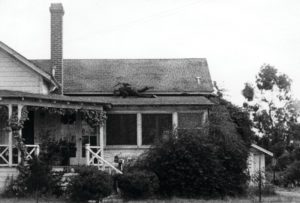
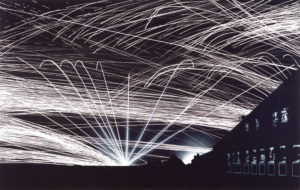
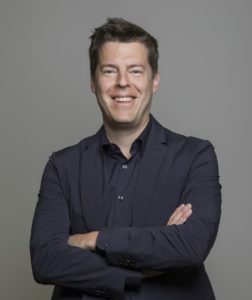

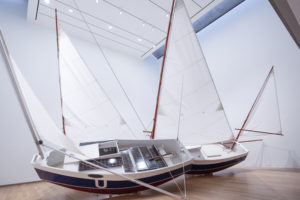
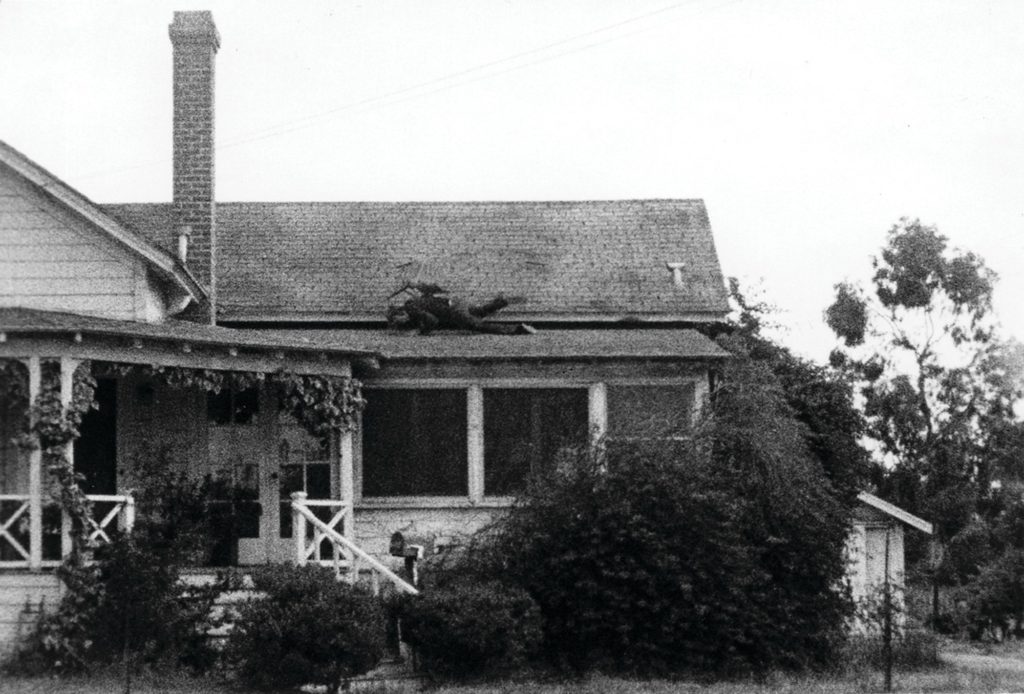

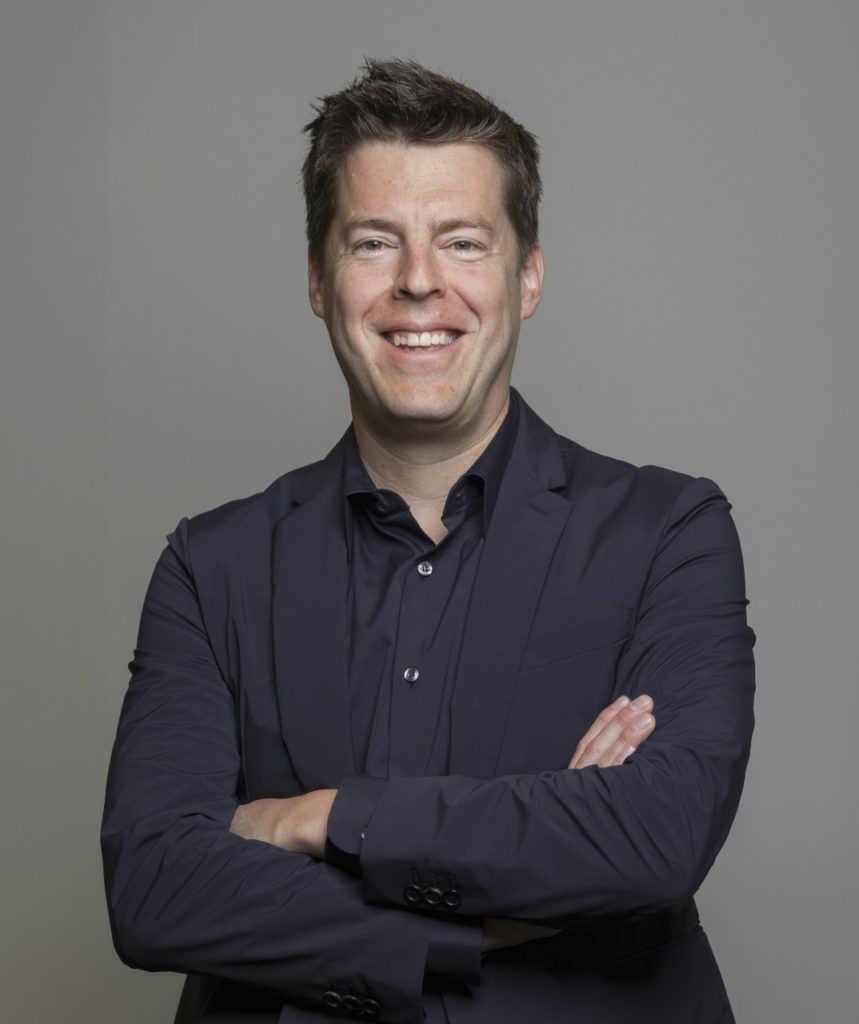










_md.jpeg)



